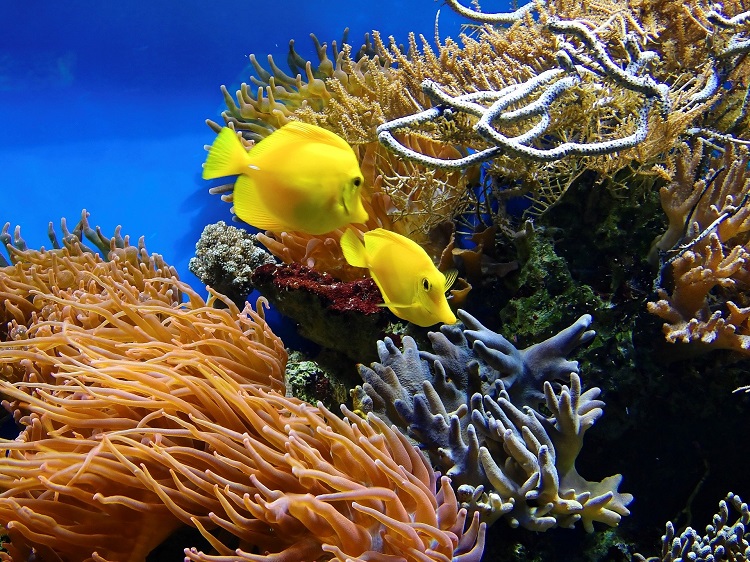Similar to the way in which cities are organised, communities of animals and plants organise themselves into ghettos or ethnic neighbourhoods where less plentiful species group together to encourage their persistence against more competitive species. This exceptional pattern in ecology is the main conclusion of an international study into biodiversity in competitive environments of over three hundred ecological communities across the world.
Rare animal and plant species organise themselves into ghettos to survive
The UPV/EHU-University of the Basque Country is participating in an international study into biodiversity in competitive environments, which has been published in Nature Ecology & Evolution
- Research
First publication date: 18/12/2019

An international research team in which UPV/EHU experts are participating has demonstrated that rare species –understood as being not very plentiful– associate with each other in spatial terms in 90% of the animal and plant communities studied.
“Communities of animals and plants organise themselves just we we do in cities, in ghettos or ethnic neighbourhoods,” say the researchers. This organisation could be behind the persistence of rare species enabling them to avoid the competitive pressure of more abundant species, either because they co-operate with each other or because they prefer specific microhabitats “or both things at the same time”.
The results of this research, published in Nature Ecology & Evolution, point to a general explanation for the maintaining of biodiversity in competitive environments, thus adjusting the principle of competitive exclusion through which species with lower competitive capabilities may be excluded by more efficient competitors.
“This pattern could explain how species that compete for the same resources are capable of coexisting,” said the biologists.
The following Spanish Institutions have been participating in this study: the Museo Nacional de Ciencias Naturales (National Museum of Natural Science), University of Alcalá, Complutense University of Madrid, Rey Juan Carlos University, the Doñana Biological Station-CSIC (National Research Council), Autonomous University of Madrid, University of Castilla-La Mancha, and the UPV/EHU-University of the Basque Country.
Possible applications in human diseases
To conduct the study, over three hundred ecological communities of mosses, grasses, trees, insects, arachnids and corals, among other things, distributed across the world were analysed.
The researchers explain that to detect the ghettos or groups, the theory of networks was used, while numerical simulations to study the mechanisms that gave rise to them were applied. The results of these simulations confirm that the grouping among rare species is necessary to explain the patterns of coexistence observed on a global scale.
These findings may have deep implications in understanding the formation of ecological communities. Among their applications the experts highlight conservation planning or even the study of human diseases related to the intestinal microbiome, “where the coexistence of species is crucial”.
“Yet the interactions and specific mechanisms that allow associations of rare species remain unknown, which should drive forward a new research agenda in various fields of life sciences,” they admitted.
Bibliographic reference
- Positive associations among rare species and their persistence in ecological assemblages
- Nature Ecology & Evolution (December 2019)
- DOI: https://doi.org/10.1038/s41559-019-1053-5

